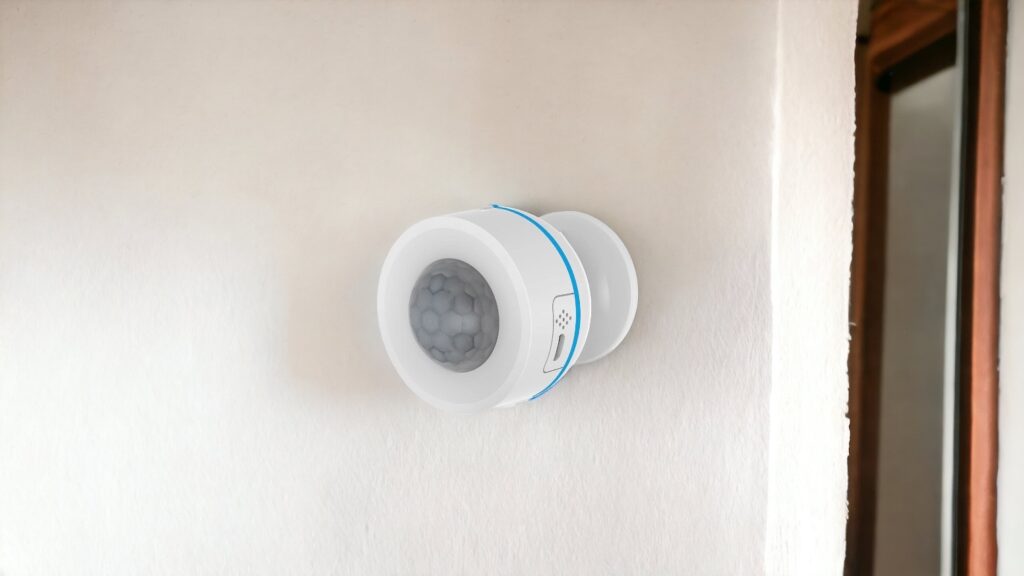In May, the Connectivity Standards Alliance, or CSA, unveiled the Smarthome Project Matter. Since the merger of numerous industry giants also includes Apple, there were many questions regarding HomeKit. With this overview we would like to bring some light into the darkness.

Who is the Connectivity Standards Alliance?
The Connectivity Standards Alliance, formerly the Zigbee Alliance, is an association of numerous companies. Members include many well-known companies, including Apple, Amazon, Google, IKEA, Signify and more. The collaboration is intended to create common technology standards for IoT devices to enable easier development and create more compatibility.
What is Matter?
Finding the right smart home device is not easy. You have to ask yourself a few questions before you buy: Does the device support my preferred smart home platform? How is the device integrated? Do I possibly even need an additional hub? But device manufacturers also have to ask themselves some questions when developing new devices: On which smart home platforms should the device run? How can I support multiple platforms at the same time? What certifications do I need for this?
The new Smarthome standard matter aims to answer all these questions and more. All major smarthome platforms are supported, i.e. Apple HomeKit, Amazon Alexa, Google Assistant and more. The devices communicate via the Internet protocol. Bluetooth is used for setup, then data-saving devices rely on Thread and high-volume devices rely on WiFi or a direct LAN connection.
In addition, matter devices can be integrated into multiple Smarthome systems at the same time. If you prefer Apple HomeKit yourself, another resident can control one and the same device at the same time via Amazon Alexa.
Can all Matter devices also be integrated into HomeKit?
Yes, that is how it is intended. However, it may well be that not all device types will be supported by Matter in HomeKit when it is launched in the fall of 2022. However, Apple wants to continuously integrate new device types into HomeKit as well.
Can HomeKit devices then also be integrated into other smart home systems?
Provided that they support Matter, this will be possible. Even devices that were previously developed exclusively for HomeKit can be integrated into other smarthome systems with Matter. The prerequisite is, of course, a corresponding firmware update that adds support for Matter for these devices.
What types of devices will Matter support?
Initially, Matter will support fewer device types than HomeKit currently does. Version 1.0 shall support the following device types:
- Lamps and light switches
- Sockets
- Door locks
- Thermostats and other heating, ventilation and air conditioning controls
- Blinds and shutters
- Safety sensors (motion detectors, contact sensors, CO/smoke detectors)
- Controls for garage doors
- WLAN router
- TVs and streaming sticks

In the future, robotic vacuum cleaners, household appliances, electric vehicles and security cameras will also find their way into Matter.

Which HomeKit devices will support Matter?
So far, both Philips Hue and Nanoleaf have announced that their own devices will support the new Smarthome standard. As one of the first manufacturers of Thread-enabled devices, Eve Systems should also support the new standard, at least with some devices, close to the market launch of Matter. You can already find an overview of devices for which a Matter update has already been announced in our device overview. The overview is updated regularly.
Do I need to buy new equipment?
Some manufacturers have already prepared their products for Matter. Once Matter officially launches, a firmware update will be sufficient for these devices to support the new smarthome standard. Other devices, however, may not meet the requirements. Then it may happen that the manufacturer will release a new generation of devices. So it varies from case to case and only the corresponding manufacturer can answer. If you want to continue using only Apple HomeKit, however, your devices will not need a Matter update. Our device overview provides a good indication of which HomeKit devices will also support Matter.
Do I still need to look for the “Works with HomeKit” logo in the future?
In the long term, all Matter devices should also be controllable via Apple’s Home app. However, there will still be HomeKit-specific devices in the future, such as HomeKit Secure Video cameras or even the newly introduced door locks with Home keys. You will have to look out for the “Works with HomeKit” logo in the future as well. However, for simple devices, such as an adapter plug, the support of Matter is sufficient.
Do I need another hub for Matter?
No, no additional hub is required for matter. Instead, the devices should communicate directly with each other. Devices connected via WiFi and LAN are also directly integrated into the home network. With thread-capable devices, so-called border routers build the bridge into the home network. A border router can currently be a HomePod Mini or Apple TV from 2021. But Nanoleaf has also already announced that the Elements and Shape controllers will act as border routers in the future.
Do Matter devices have the same feature set as native HomeKit devices?
Yes! Adding new devices runs like HomeKit devices, and control is also possible as before via Apple’s Home app, third-party HomeKit apps, and even Siri. Organization in rooms, zones and more is also provided and even in automations Matter devices can be fully used. So in the future, you’ll be able to expand your HomeKit home even further with Matter devices.
When will Matter launch?
Matter has more or less already started. At least the specification of Matter 1.0 has been published and manufacturers can already have the devices certified. In addition, on November 3, 2022, the CSA has invited to an event in Amsterdam. On that day, the official launch is also expected for end users.
This article will be updated continuously. It is also possible that something will change between now and the market launch of Matter in the fall of 2022.











Leave a Reply